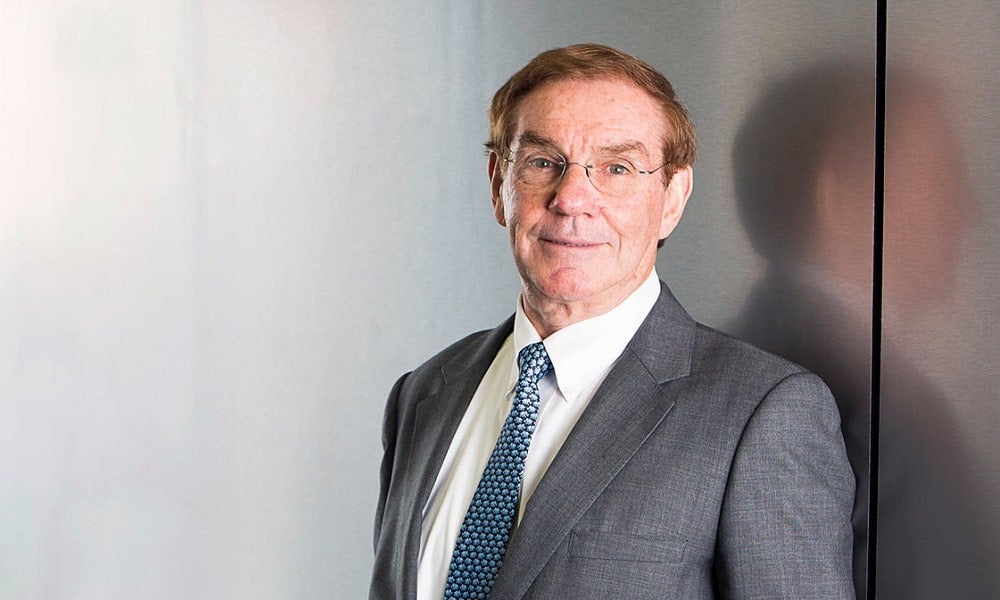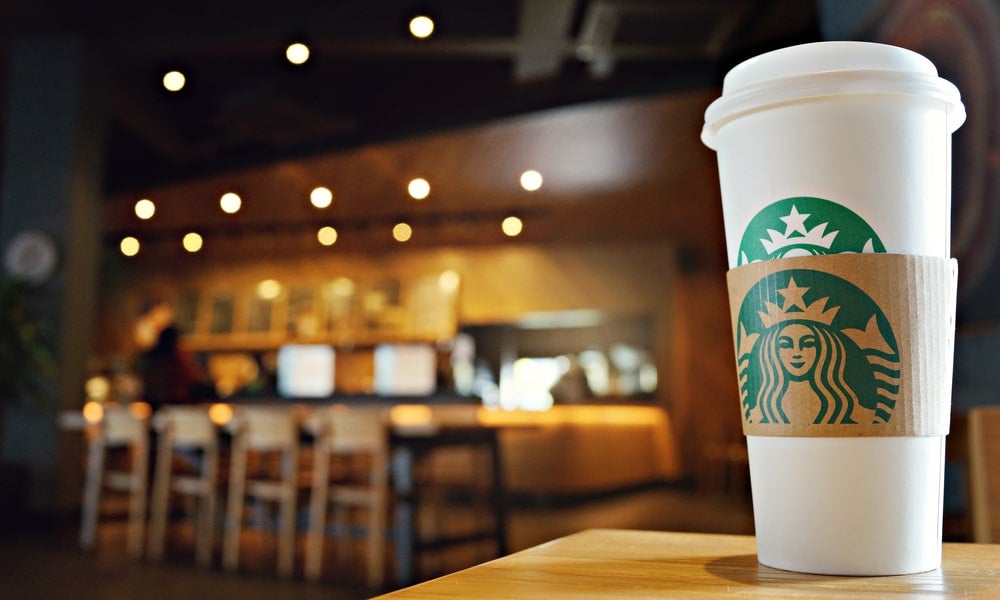Marketing lessons: whatever happened to Starbucks?
The story of Starbucks is a salutary lesson in business, and there are several major problem areas that, in combination, caused the decline of Starbucks in Australia
When Paul Patterson was in a shopping centre recently and his wife announced she was keen to peruse the stores, he decided to sit it out. Instead he slipped into a Starbucks outlet, ordered a coffee, took a seat and enjoyed reading the newspaper. After an hour he felt slightly guilty about sitting there for so long, so he ordered another drink.
“They made $6 from me during the 90 minutes that I took up a chair and table in their café,” says Patterson, a Professor in the School of Marketing at UNSW Business School. “They have quite large stores and their model is that they charge a slight premium, but you can sit there for an hour on one coffee. With the rent on those premises, that business model is not sustainable. It doesn’t surprise me that they lost so much money in Australia.”
The story of Starbucks in Australia is a salutary lesson in business. It’s the tale of an organisation seeking world domination in its field that stepped into a new market without first testing the waters. What went wrong for the company down under has been analysed in a paper by Patterson and fellow marketing professor Mark Uncles with Jane Scott, also from UNSW Business School. When Starbucks entered the Australian market in 2000, it was one of the biggest coffee chains globally, opening one new store every day somewhere in the world, notes Patterson. Its success in the US, which had not previously enjoyed a strong coffee-drinking culture, had given the brand great confidence to enter other markets including Japan (1996) and China (1998). The company now has more than 15,000 stores in 44 territories.
But in mid-2008, Starbucks’ management announced that it would close 61 of its 84 Australian stores. The closures took place swiftly – within one month. Losses were enormous, including 685 jobs and A$143 million. Just 23 Australian stores were left operating in prime locations. What went so wrong?

Avoidable errors
Patterson can identify several major problem areas that, in combination, caused the decline of Starbucks in Australia. They begin with the brand overestimating its points of difference, as well as the customer-perceived value of its services. After giving Starbucks a try, many Australians – who, in the majority, lived in cities with already thriving café cultures and experienced, world-class baristas – failed to understand why Starbucks charged more for its coffee.
The second serious problem was that service at Starbucks suffered as the number of stores grew at a fast pace and began employing younger, less-experienced staff. Issue three was the mistake of failing to adjust its product to suit Australians’ coffee tastes, which lean more towards Europe.
Instead, the company introduced its American offering. And that helped to create the fourth glitch – a perception that the brand, due to its rapid expansion over just a few years, was forcing itself onto an unwilling public. In contrast to Asian territories where coffee houses previously didn’t exist, in Australia Starbucks entered an extremely competitive and mature café market. Not only that, but as Starbucks did not advertise in the mass media – relying instead on its reputation – it failed to communicate its brand.
“It is probably against their corporate ethos, but I would have done some above-the-line advertising to promote the brand,” Patterson suggests. “I am sure the majority of the Australian public did not know much about them.” Above-the-line advertising refers to advertisements aimed at mass audiences on platforms such as television, cinema, radio, newspapers and magazines and the internet.
Finally, Starbucks’ business model was simply unsustainable. Leasing a large, expensive shop space and inviting customers to sit around for as long as they like while spending very little was never a good idea in a highly competitive and mature market, asserts Patterson. In addition, he points out, the company owned its stores, rather than using a franchise model, which added not only to its financial pressures but also meant it lacked local knowledge.

Lessons in decline
Business specialist Hunter Leonard, founder of Melbourne-based BlueFrog Marketing and author of the book, Marketing Has No Off Switch, says the Starbucks case offers three major business lessons. “First, research is the key to statistics,” he says. “If you don’t research then you can’t grow a business. That’s a golden rule. If you’re not surveying customers regularly then you may do well in spite of yourself, but you won’t unlock potential growth.
“The second lesson involves the importance of identifying a target market. Starbucks was going for everyone. They claimed to offer a premium coffee and therefore charged premium prices, but that did not wash with Australian coffee drinkers. They should have been targeting young people who care less about the quality of the coffee and more about the quality of the experience. They should have marketed their big, sugary coffees at people aged 14 to 25.
“Thirdly, a very valuable tip for businesses launching a new product or in a new market is to lose the ego. Just because you say you’re after global domination doesn’t mean customers will allow it ... Australians react very badly to people banging their chests.”
While Patterson upholds the success of the Starbucks model elsewhere in the world and credits the company with growing the coffee category internationally, he says the brand’s major mistake was not creating any barriers to entry. “There was nothing to stop a competitor coming in and setting up against Starbucks,” he says.
“I don’t necessarily mean a global chain. Look at the number of independent coffee shops around. You can just buy a high-quality coffee machine, get a trained barista on board, lease a shop and design a good atmosphere – that’s all anyone needs to do to compete. Starbucks did not create a sustainable credible advantage for themselves.”

The original advantage Starbucks did have was their level of personal service. Staff made eye contact with customers as soon as they entered the store, they remembered names of regular customers and were happy to make a drink according to specific requests. But even that advantage was easily replicable, and it was completely lost when head office began using key performance indicators to measure the sales of frontline staff.
“Not only did staff have customer service targets around engaging people and ensuring customer satisfaction, but the bosses said they had to sell a certain number of coffees and cakes each day. Staff were saying they could make the sales, but they couldn’t engage the customers at the same time,” Patterson says.
According to Patterson’s report, the major takeaways from the Starbucks Australia experience are:
- Crossing international borders is risky, so in-depth research is absolutely vital.
- Think global, but act local. Even well-known and well-liked brands must adapt their products for local tastes.
- Establish a differential advantage then strive to sustain it, ensuring your product is unique enough to stand out amongst its competitors, and that it always will.
- Keep sight of what first generated the business’s success. At Starbucks, sales targets destroyed the idea of high-quality service that the brand had been built upon and which was the only competitive advantage it had.
- Consider the viability of the business model. If your model relies on charging a premium price, for instance, ensure the product on offer will be recognised as premium.
Paul Patterson is a Professor in the School of Marketing at UNSW Business School. Prior to joining academe, he held management and marketing positions in telecommunications, banking, market research and the public sector, and later an international marketing consultancy firm. For more information please contact Professor Patterson directly.
